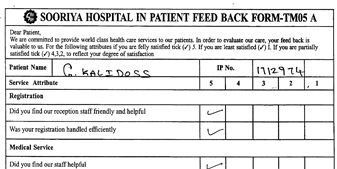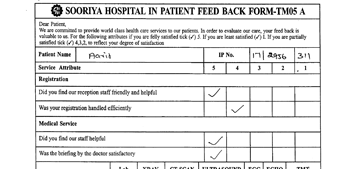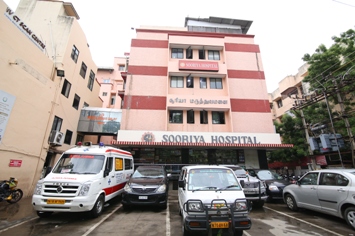Adult Cystic Fibrosis Unit
Cystic Fibrosis is the most common legal inherited disease affecting the Caucasians. The incidence is approximately 1:2500 Children born in the United Kingdom. The disease is autosomal recessive and has a carrier frequency of four percent. It’s a single gene disease and the gene has 27 exons and encodes the cystic fibrosis transmembrane conductance regulator (CFTR), a protein of 1,480 amino acids. The gene was discovered in 1989. The first mutation identified was a deletion of three adjacent base pairs at the 508th codon of the gene: ?F508. Over more than 1200 different mutations of the CFTR gene have been identified to date. Certain mutation occur more frequently in particular ethnic groups.
Cystic Fibrosis affects a number of organs in the body especially the lungs and the pancreas by clogging them with thick sticky mucus. Classical clinical features include Chronic Sinusitis, Nasal polyps, Bronchiectasis with recurrent infection, airflow obstruction, pancreatic insufficiency, Meconium ileus and obstructive azoospermia. Major symptoms are related to the lung and the pancreas. There will be increased chloride content in the sweat. The affected child tastes salty on kissing. There is increased salt wasting leading to dehydration in hot weather. CF individuals typically have rapid skin wrinkling, readily demonstrated by immersing their hands in water for a short period. Vitamin A and Vitamin K deficiency are common.
Cystic Fibrosis was thought to be extremely rare in India. However, published reports and reviews shows that this disease is more common in India than previously thought. Majority of the cases go unrecognized. In Asian population, the incidence is between 1:10,000-1:40,000. Based on the study done at Delhi and Chennai, there are about 390 Cystic Fibrosis cases diagnosed till 2008. The genotypes and the phenotypes are different in India compared to Western CF cases. The commonest mutation ?F508 is less commonly seen in India. The frequency of this mutation in Indian population is between 20-40 percent. Intron 8 splice variant 5T(IVS8-(5T)) is reported from Chennai in 8 cases. Majority of the cases die due to malnutrition at a very young age in India. Recurrent pneumonia, Failure to thrive, Meconium ielus equivalent, Bilateral Bronchiectasis are more commonly seen in Indian CF patients. Nearly, 50 percent of the adult CF patients are diabetic.
The common radiological features are hyper inflations, peribronchial thickening, mortal shadows and ring shadows in the Chest Skiagram. CT chest shows Cystic Bronchiectasis, Sub Pleural Bullae, Mucoid impaction and Areas of centrilobular opacities.
Demonstration of raised sweat chloride is the primary diagnostic test for CF. Sweat chloride value > 60 mEq/L on two occasions with clinical findings of CF is confirmatory. Demonstration of two mutations of CF is also confirmatory. Pilocarpine iontophoresis sweat test (Gibson and Cooke method) is the only acceptable sweat test procedure. Sweat glands are stimulated for 5 minutes with 0.5mA to 4mA electric current. Positive electrode is charged with 2 percent solution of Pilocarpine nitrate. Sweat is collected on a pre-weighed filter paper over a period of 30 minutes. Minimum weight of sweat required for analysis is 75-100mgs.
Physiotherapy and Bronchodilators are important components of therapy. Pancreatic enzymes, vitamins and minerals are important. Appropriate anti-biotic therapy is essential during infective exacerbations. Immunization of children who has Cystic Fibrosis reduces the risk of infective episodes.
Physiotherapy is crucial therapeutic agent in management. Besides airway clearance techniques, exercises and maintenance of mobility and posture are important components of physiotherapy. Improvement of lung function generally not demonstrated immediately after therapy however cessation results in deterioration. It needs liasion with physiotherapist and supervise the patient.
Nutrition care objectives includes: Regular intake of energy dense meals/snacks, vitamins and mineral supplement, pancreatic enzyme replacement therapy, nutritional supplements/enteral tube feeding, encourage positive attitude to eating and mealtimes and monitor nutritional status at each clinic visit.
In conclusion, Cystic Fibrosis does occur in India and precise magnitude of the problem is not known. Diagnosis is quite often is missed or delayed. A high index of suspicion is required to pick up cases early. Sweat Chloride analysis is the most reliable and easy method of diagnosis.






